
Company News
An In-Depth Look Into Labour's Plans For School Based Nurseries
Over 2 months have passed since Labour won the general election and made their way into Downing Street. As the noise has settled and positions have been filled, Keir Starmer and his colleagues have started working hard to meet some of the promises they made in their manifesto.
For those in the education sector, the next few months are sure to be full of excitement, surprises and even anxiety, as Labour are expected to start acting on one of their biggest pledges.
What Is Labour's School Nursery Pledge?
Labour has pledged to create over 100,000 new nursery places for children by converting over 3,300 spare classrooms into school-based nurseries. Each of these new school nurseries will be targeted at areas with severe shortages of childcare provisions, most commonly known as "childcare deserts".
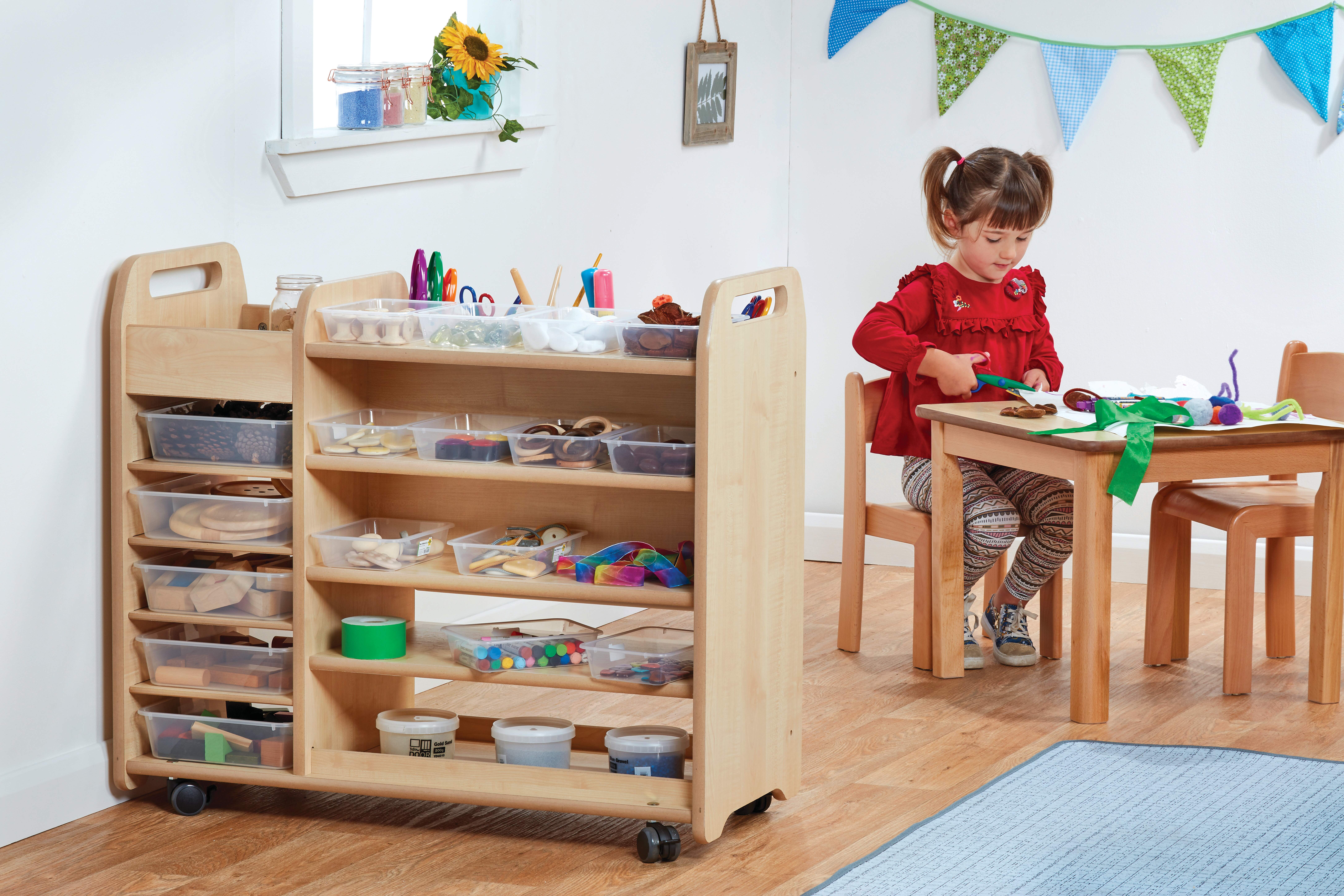
Throughout Labour's campaign run in 2024, the labour party heavily promoted this pledge as a response to the high costs and limited availability of nurseries and how these issues have forced some parents to quit their jobs and focus on caring for their children full time.
Promising a quick implementation of this pledge, schools across the UK need to be prepared and ready in case their school is selected to house a school nursery.
Recent Announcement - September 2024
On the 21st September 2024, the education secretary (Bridget Phillipson) announced that the Government would aim to establish 300 new state nurseries across England's schools by September 2025.
Phillipson is now making a national call for schools across the UK to convert their empty classrooms into new nurseries to accommodate the rising need for childcare.
For schools who are looking to convert their classroom into a nursery, it's important that you know what to focus on and how you can get your nursery children school ready!
How Will Labour Fund The Creation Of New Nursery Classes?
Labour are intending to raise funds for the creation of new nursery classes by using funds raised by levying VAT on private school fees to fund the initiative. Experts believe that this approach should be able to provide the necessary funding.
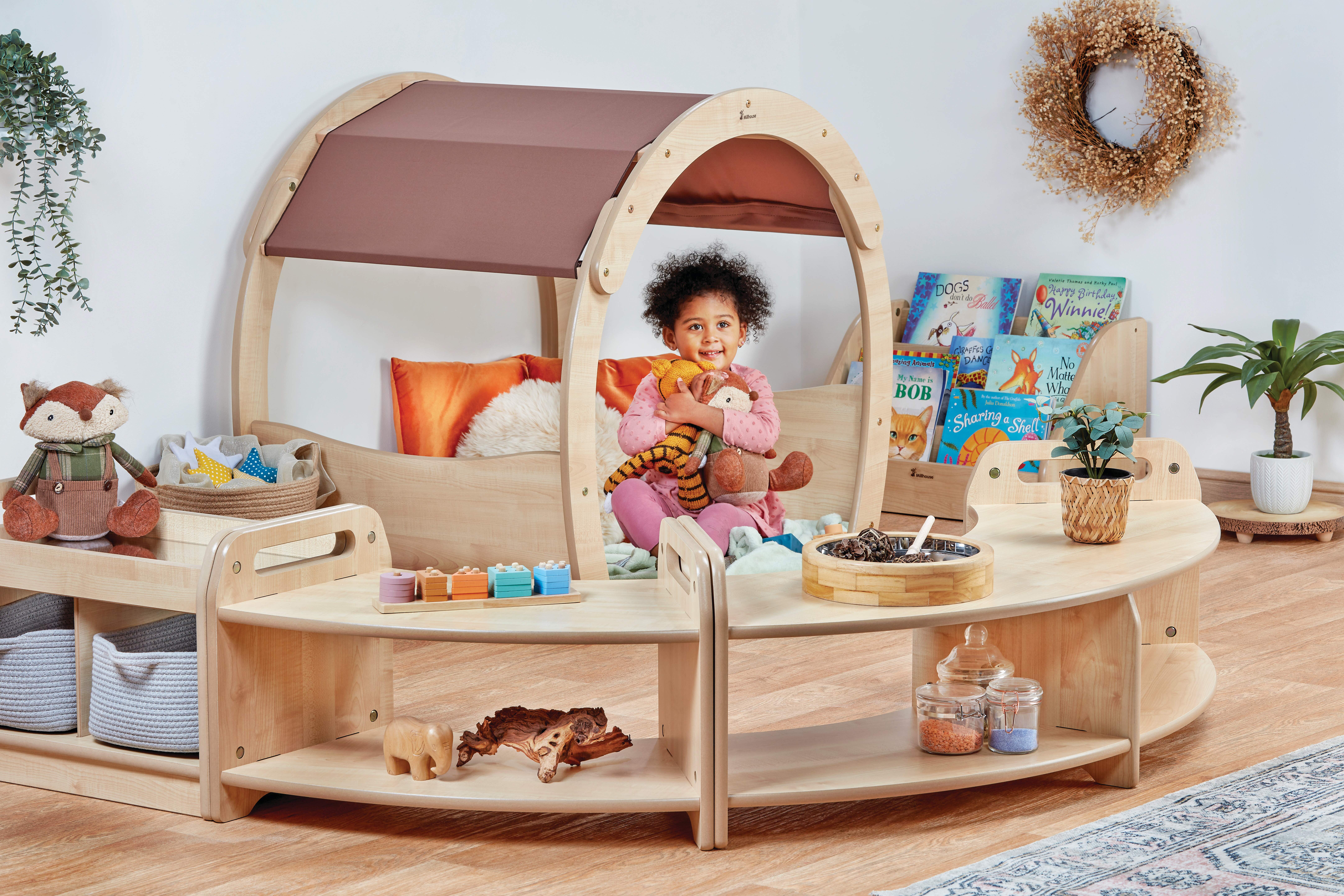
Currently, the estimated cost of refurbishing a classroom into a nursery space is around £40,000. With a total of 3,334 school nurseries being proposed, it will cost a total of £133,360.000! Again, the Government believe that this cost would be covered through the levying of VAT on private schools.
How Will Labour's School Nursery Pledge Impact Schools?
With such a huge change proposed, schools can expect both positive and negative impacts. It's highly recommended that schools across the UK should familiarise themselves with the pledge to avoid any unexpected surprises.
The Benefits Of Converting Spare Classrooms Into Nurseries
Creating a new nursery provision within a school can provide a multitude of benefits for a school. From strengthening their position in the local community to increasing enrolment rates, schools should expect some exciting positive impacts to occur.
Increased Enrolment
As schools start offering nursery places for children from 9 months old, these schools may see an increase in early years enrolment. Due to this, schools could potentially see a more stable pipeline of students entering primary education.
The total funding allocated to schools for pupils aged 5-16 is projected to be £7,690 per pupil for 2024-2025, a 49% increase compared to the funding per pupil in 2010-2011.
Having an increased enrolment rate could see your school yielding significant long-term economic returns. Combined with this economic growth, schools will receive more steady financial support as their school will be accommodating more students at a steadier rate.
Community Role
Schools will play an expanded role in early childhood education and care by providing a school nursery for their local community. Through this, schools will strengthen their position in community hubs and be seen as a more influential organisation within the community.
Schools with strong community engagement initiatives report improved attendance rates!
Being in such a strong position provides schools with a better chance of forming community partnerships with local businesses and organisations, which in turn can provide the school with additional funding and volunteers.
Not only will the community role benefit the school, but it will also have an amazing impact on the children! Pupils will be able to learn more about their community and develop appreciation for those involved in the community, creating a stronger sense of school pride and love for the local community.
Space Utilisation
As birth rates and school rolls are declining in certain areas, many primary schools have excess space on their grounds. Instead of the space remaining untouched, this pledge would help schools make use of the extra space by repurposing them into nursery classrooms.
Teachers report a 40% higher satisfaction rate regarding their teaching conditions when schools prioritise effective space utilisation
Utilising the space allows schools to offer more services to their communities and develop great relationships with parents in their community. With a budget of £40,000, schools will be able to buy all of the necessary equipment to create the perfect nursery environment.
The Challenges Schools Might Face Implementing This Pledge
Establishing new nursery classrooms in your primary school can cause a few challenges and problems. Ranging from staffing challenges to financial implications, It's important that you understand how these challenges can impact your school.
Financial Implications
Even though the initial refurbishment costs (£40,000) being covered by Labour's plan to levy VAT on private schools, schools with nursery classes will be responsible for the maintenance and operational costs linked with the initiative.
Public liability insurance, employers' liability insurance and commercial property insurance can collectively cost between £1000 and £3000 annually.
It's important that schools taking part in this initiative purchase high-quality equipment to avoid any unnecessary cost relating to repairing or replacing furniture. Try to find a furniture manufacturer, like Millhouse, who have the experience and quality guarantee to produce nursery furniture that will last years.
Staffing Challenges
Introducing a nursery setting into a primary school will require the school to recruit and retain appropriately trained early years staff. Currently, the early years sector is suffering with extreme shortages in the workforce, which might lead to schools struggling with staffing.
78% of early years settings found it difficult to recruit staff over the past year, with nearly 48% stating it was 'very difficult' to fill positions.
To avoid this issue, Labour have stated that by September 2025, they are aiming to expand the early years workforce by 40,000 people. On top of this, the Government has commissioned Sir Dave Bell, the former head of Ofsted, to lead a review on the Government's childcare plans, which may include staffing considerations.
Schools can also outsource the nursery to private firms to save on staffing costs. Doing this can allow schools to focus on providing a high quality education for their pupils whilst helping the Government reach their aim of providing more nurseries and childcare options.
Extended Services
Providing a nursery service at your primary school means you will have to consider offering year-round care and longer hours to meet parents' working needs. Due to this, schools could see an impact on existing school schedules and resource allocation.
Many nurseries express uncertainty about their capacity to expand services to accommodate longer hours or year-round care.
Combatting this issue will require a school to either employ a bigger workforce or adding more hours to a regular week. Both of these solutions are sure to create their own small problems but by sitting with your team and board, you can decide which option is the most appealing.
How Will Labour's Pledge Impact Existing School Nurseries?
Existing school nurseries will receive both positive and negative impacts from the introduction of the school nursery pledge. Below is a list of both the negative and positive impacts an existing nursery can expect from this initiative:
Positive:
- Potential for collaboration - some existing nurseries may have the opportunity to collaborate with the new school nurseries being created.
- Potential for expansion - some existing school nurseries may have opportunities to expand their provision or extend their age range as part of this initiative.
- Focused on disadvantaged areas - as the Government is focusing on expanding childcare services in disadvantaged areas, existing school nurseries that are established in other areas won't have to worry about competition.
Negative:
- Increased competition - with the creation of over 3,300 new nurseries in primary schools, existing school nurseries will face new competition that could affect their enrolment numbers and funding.
- Staffing challenges - with the expansion of nursery provisions across more schools could increase existing staffing shortages in the early years sector, making it more difficult for all nurseries to recruit and retain qualified staff.
- Quality considerations - the Labour Government has emphasised the quality of school-based nurseries and the expectations they will have to meet. Existing school nurseries may also be expected to meet these standards.
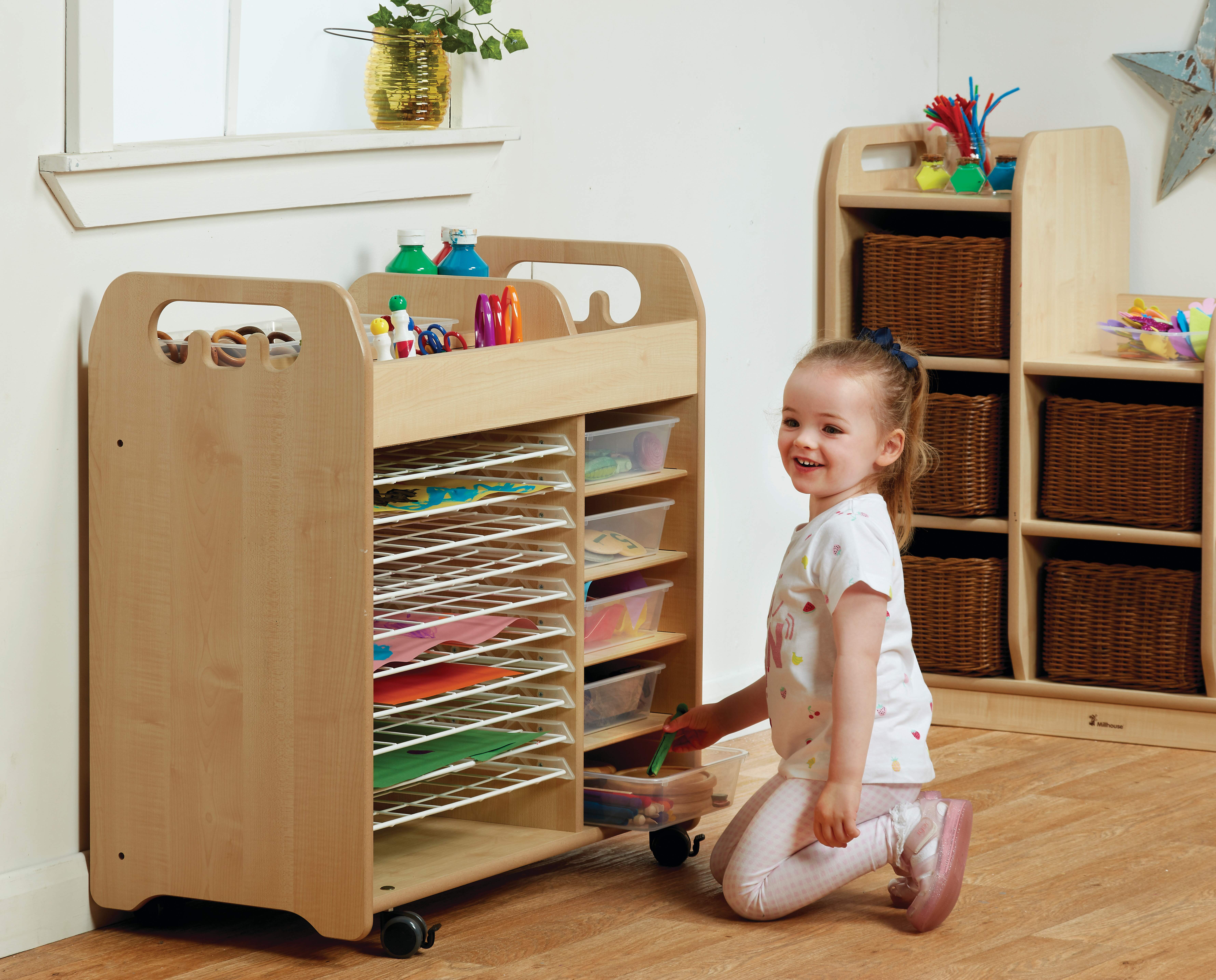
Existing school nurseries must also consider the possibility of specialisation. Specialising your existing school nursery will provide an opportunity of differentiating your offerings to attract new families. It will also avoid competing with the majority of school nurseries.
How Do Parents Feel About School-based Nurseries?
The majority of parents who have had their child attend a nursery provision at a primary school have stated their admiration for these facilities and how great they are!
Parents love how their children go through a seamless transition into formal education, avoiding the sudden shock and discomfort that a lot of reception children can experience when arriving from regular nurseries.
In addition, most parents believe that their child receives a higher quality of education at a school nursery. The reason for this is how schools will often have to follow strict EYFS educational frameworks to foster cognitive and emotional growth, helping children learn new skills in a supportive environment.
Finally, if the child attending nursery has a sibling at the school, the sibling can actually assist in the transition by talking about the school staff openly and positively. Many parents have noticed their nursery children becoming more excited to explore formal education and kick starting their development.
How To Prepare Your School For The School Nursery Pledge
By preparing your primary school early, you can avoid any unexpected surprises and make the entire process a lot more smoother and stress-free. Make sure to read through our top 8 tips for preparing your school for this huge change.
1. Assess Your Space And Plan
Evaluate any existing classroom spaces that could potentially be converted into nursery areas. Once identified, start to consider how you can adapt the space to meet the needs of younger children. This should include outdoor areas, changing facilities and quiet zones for napping.
2. Consider Your Staff
Assess your primary school's current staffing levels and expertise in early years education. If you notice a lack in expertise or knowledge surrounding early years care, then offer training and professional development courses for your staff to help train them up.
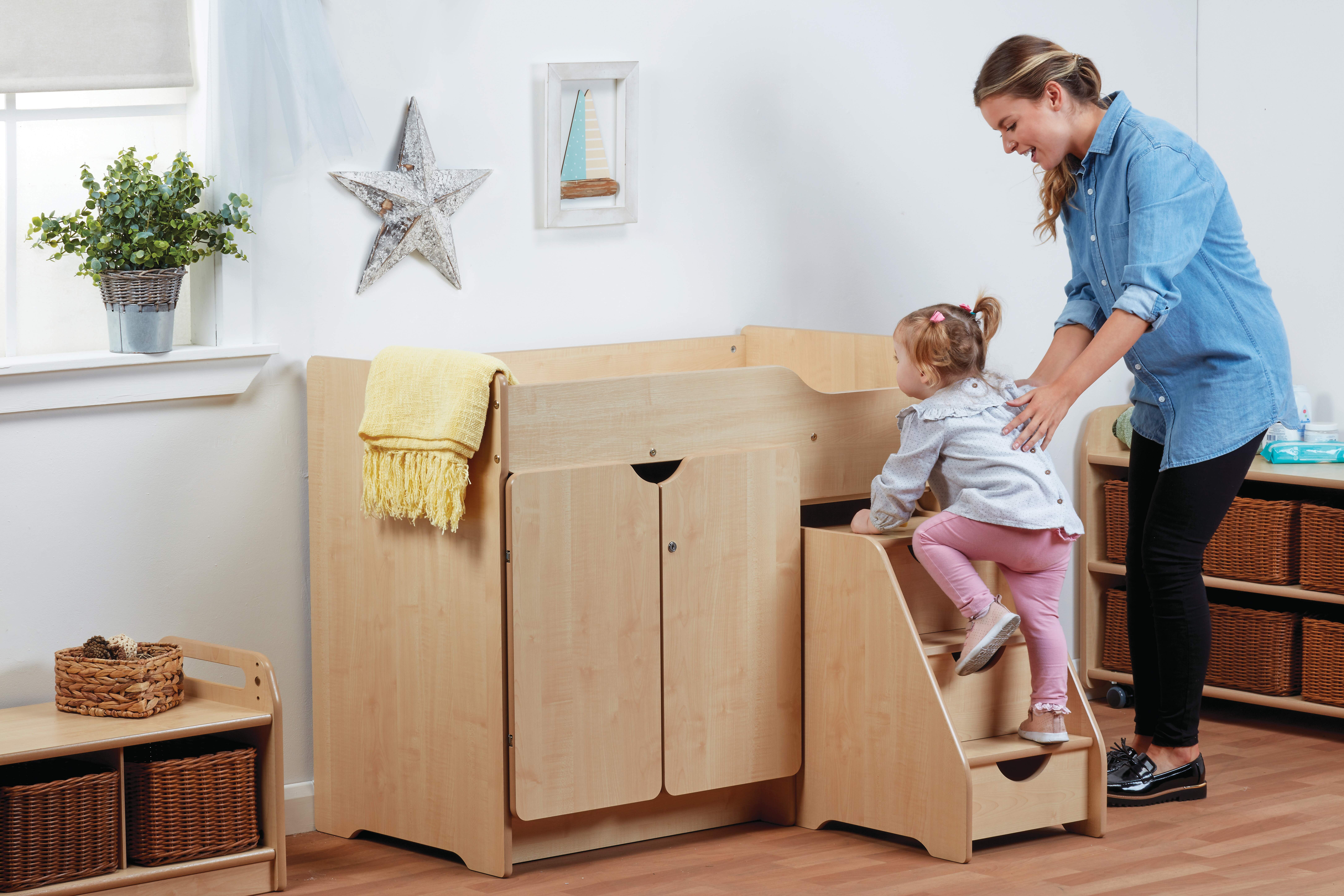
Alongside this, you could also plan potential recruitment needs to fill in any positions that none of your current staff could fill. This ensures that the appropriately qualified staff are in place to provide a high level of nursery care.
3. Create The Perfect Learning Environment
It's never too early to start planning your room layout. You need to remember that the nursery will need to accommodate children from 9 months old. Furniture and equipment included in this room should be age-appropriate and provide children with development opportunities.
Working for over 25 years in the education industry, we know how stressful it can be to design a classroom (especially a classroom that will act as a nursery)!

Recently, we partnered up with Millhouse and are proud to offer their fantastic services on our website. From indoor design services to state-of-the-art EYFS furniture, make sure you read more about this brilliant Early Years Furniture range.
4. Prepare Your Administrative Procedures
Your school will be taking on younger children, meaning it's important that your primary school reviews and updates it's policies and procedures to accommodate younger children.
Don't forget about your school management system and the implication this new change could have on it, especially admission processes. By ironing out these issues now, your primary school will be ahead of the curve and ready to intake children as soon as possible.
5. Engage With The Community And Form Partnerships
Stay ahead of the competition by reaching out to the local community and engaging with them. Use this opportunity to learn and understand more about childcare needs and preferences. This information will be priceless.
As your engaging with the local community, you could also explore potential partnerships with private or voluntary sector nursery providers. By acting this early in the process, you'll avoid the last minute chaos of trying to locate a valid outsource option.
6. Plan Your Finances
Regardless of how you structure your school's nursery, it's vital that you assess the financial implications of setting up and running a nursery, including potential funding sources and operational costs. Staying ahead of the curve allows you to prepare yourselves for any financial implications.
7. Review Safeguarding and Health & Safety
Review and update your school's safeguarding policies to ensure that they're appropriate for younger children. Alongside this, conduct risk assessments for your new nursery spaces and activities to ensure the children's safety is taken care of.
8. Collaborate With Local Authorities
Finally, you should always collaborate with your local authority on admissions, SEND inclusion and place planning. Labour has stated that the Government will require schools to cooperate on these issues, so try to establish effective communication channels.
Get Your Primary School Ready For The School Nursery Initiative!
By taking the necessary steps to prepare your primary school now, you'll be able to avoid the last minute stress and pain of trying to organise your school for the change. Even though there is no official implementation date yet, experts believe that the pledge will be put into action within the next three months.
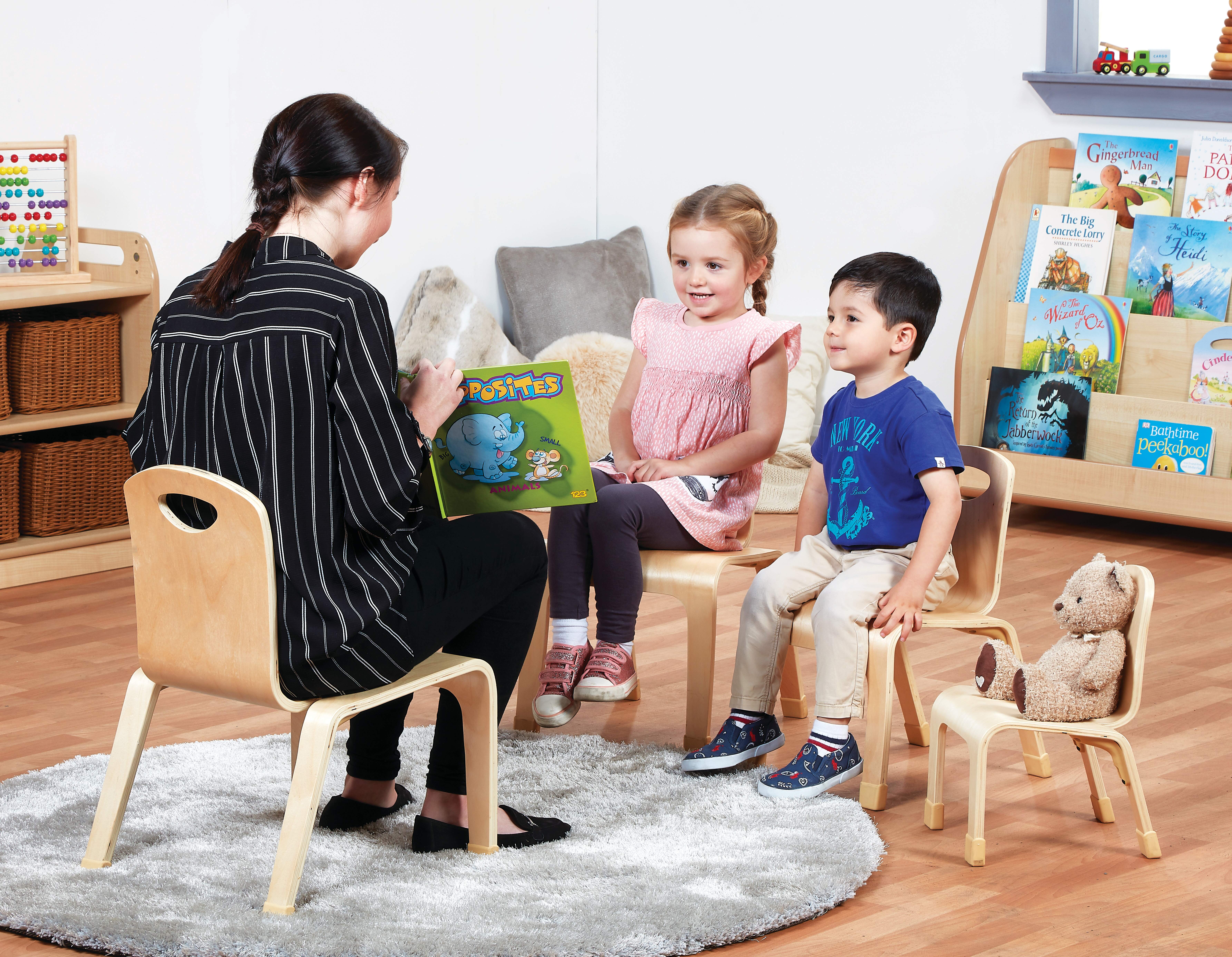
If you have any questions or queries regarding how you can prepare your classroom for this monumental change, make sure that you contact our expert team today and start bringing your school to the forefront.






